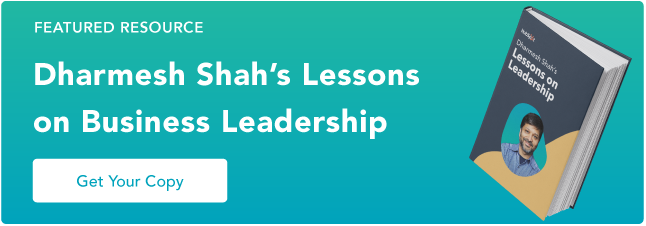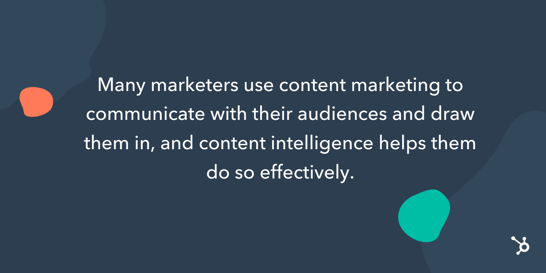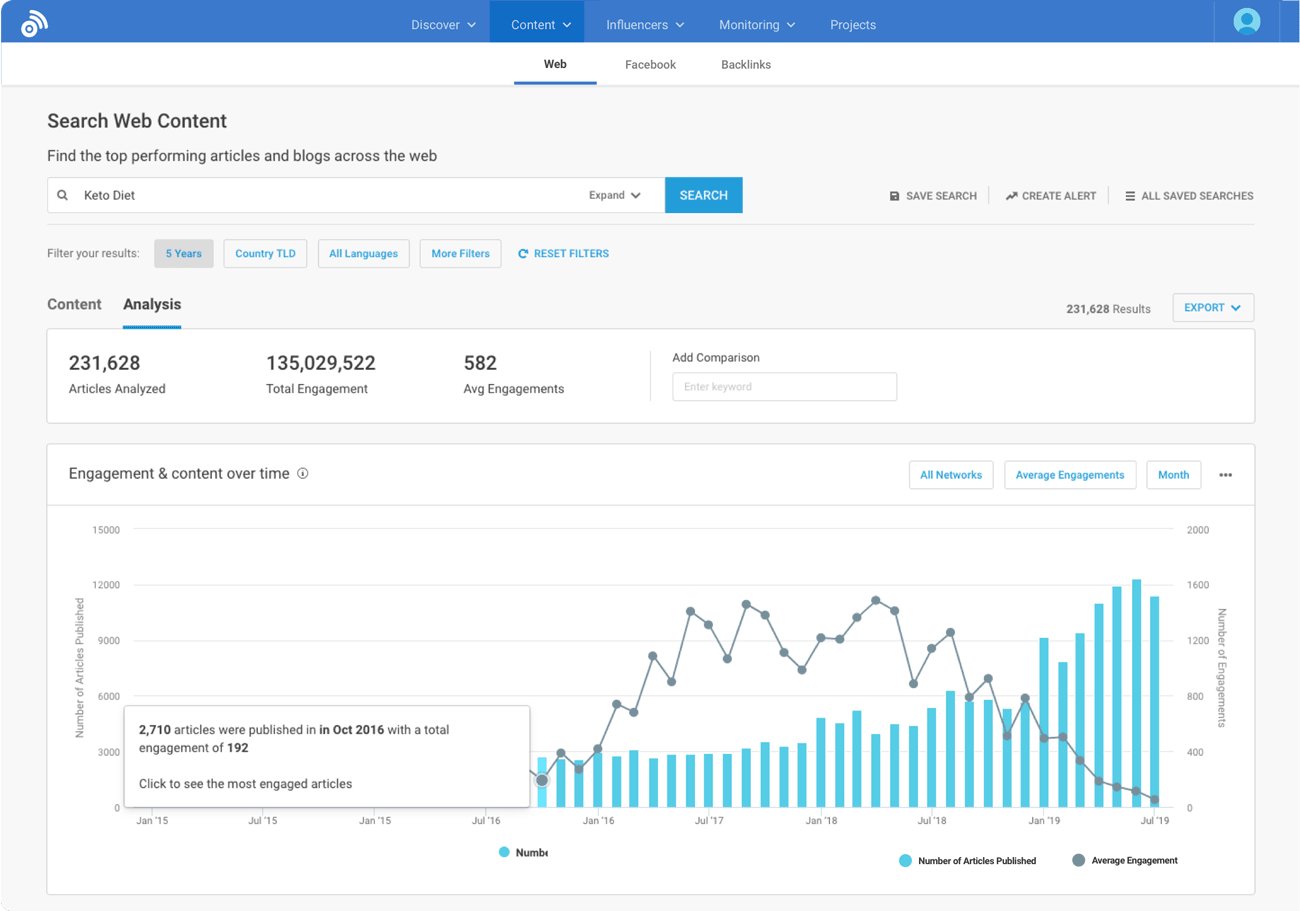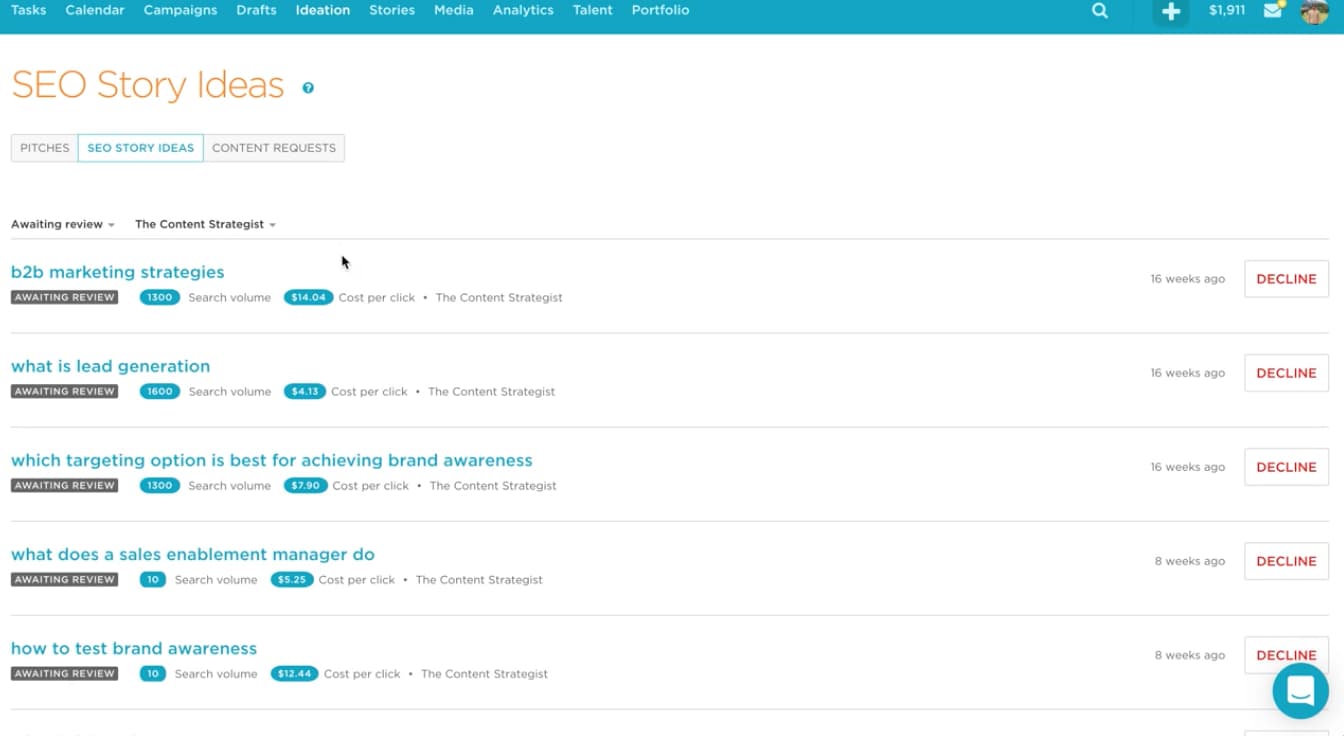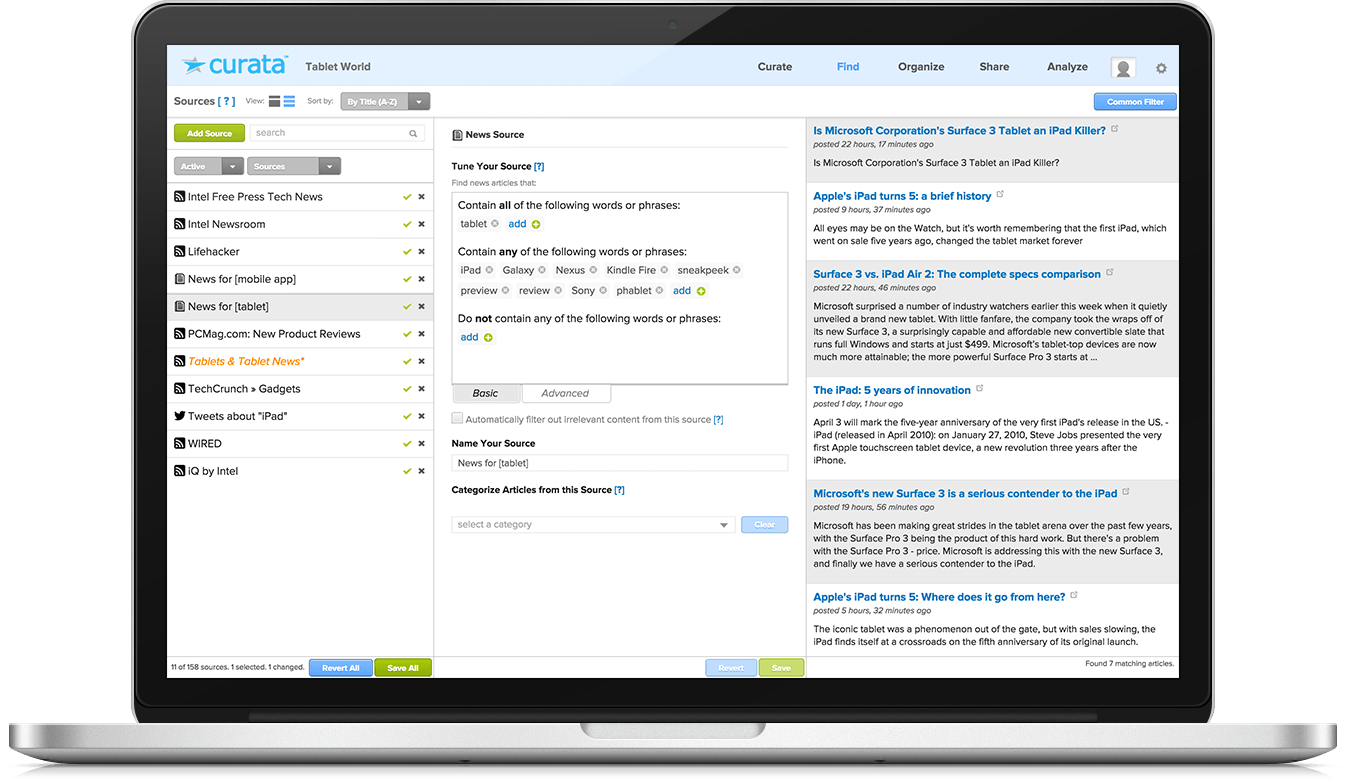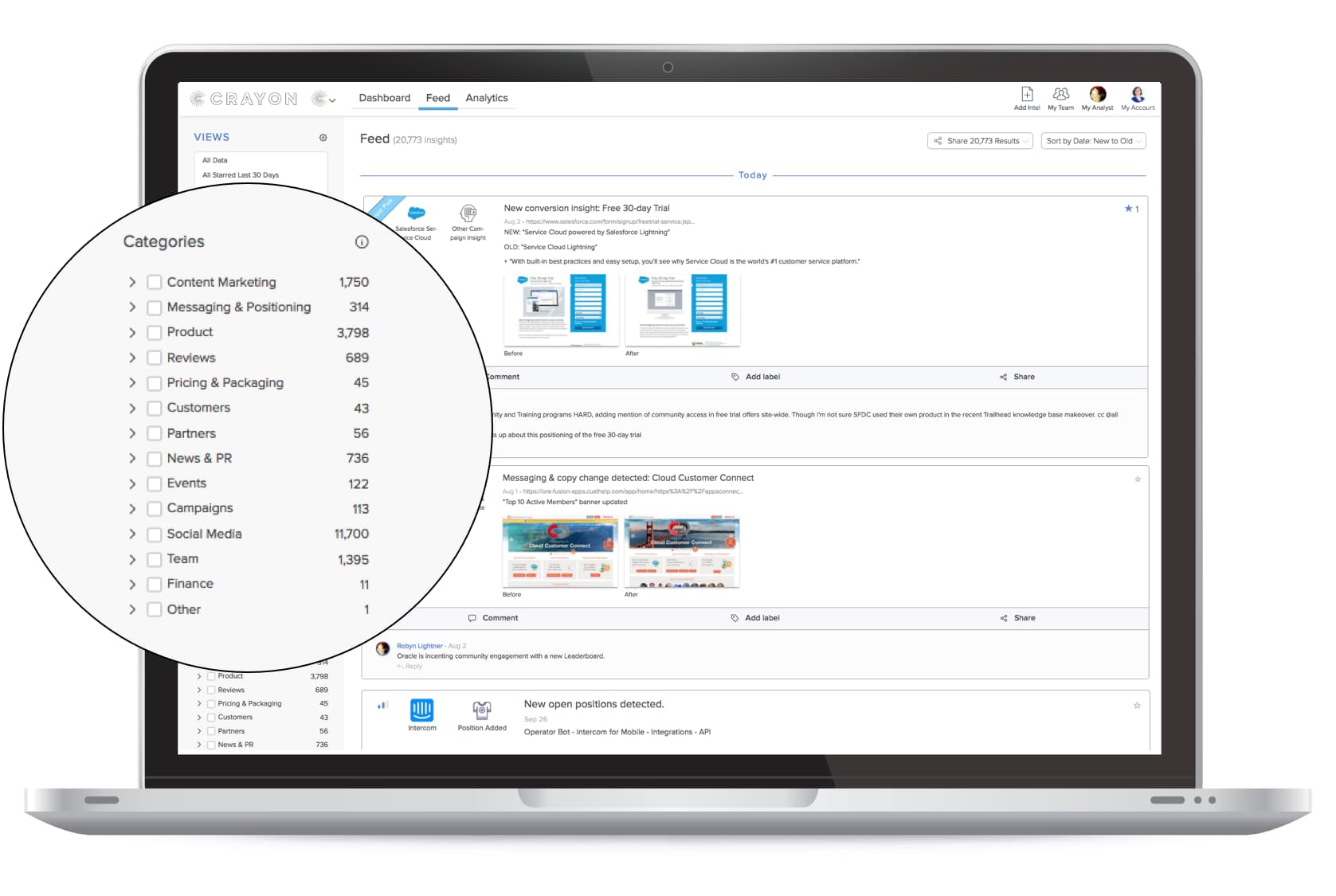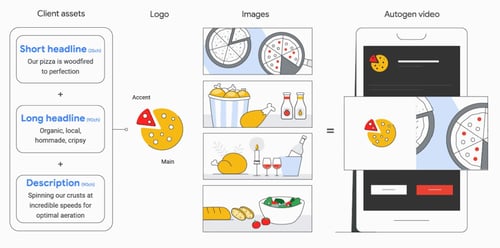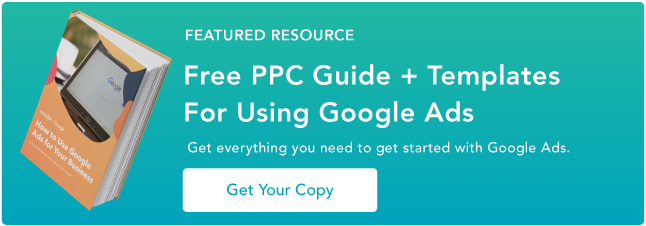What led you to make your most recent purchase? Were you wishing for something for a while and decided to just go for it? Were you casually browsing a store and saw something you liked? Or were you browsing and an advertisement from a business convinced you that you need to buy it right then and there?
If it was the latter, the business used a form of outbound marketing to convince you to take an immediate action after seeing one of their marketing materials. It can be a very effective strategy, especially if done correctly.
In this post, learn how businesses can use direct response marketing to drive conversions, best practices for creating these types of campaigns, and examples from real companies to use as inspiration.
What is direct response marketing?
Direct response marketing, sometimes called push marketing, is when you present your target audience with an offer in an attempt to persuade them to take immediate action, like completing a lead gen form, downloading an ebook, or making a purchase.
This strategy is popular with marketers because it can drive quick results for time-sensitive campaigns.
What distinguishes direct response marketing from traditional marketing is that it desires an immediate response for immediate ROI rather than traditional brand awareness. Below we’ll discuss more elements of these ad campaigns.
Direct Response Marketing Strategies
Direct response marketing strategies are customer-centric, targeted, offer-centric, and urgent. Here’s what that means for your campaigns:
Customer-centric
To elicit a response, your direct response ads must be customer-centric and directly related to the value you can provide them if they follow through with your desired action. If your audiences can’t tell why your offer matters to them, they won’t take action.
Targeted
Not all of your customers have the same needs, so your ads must be hyper-targeted to specific audiences with personalized messages that speak to their pain points. Statistics show that this practice is worth it, as Epsilon found that 80% of consumers were more likely to purchase a brand that offers personalized experiences.
Offer-centric
Direct response ads prompt users to do something, so they usually feature an offer or CTA that tells the user what your desired action is, whether it’s signing up for your newsletter or making a purchase. When creating these offers, mind copywriting best practices to ensure they’re clear and concise, focused on one specific outcome, and personalized.
Urgent
These ads all present a sense of urgency in addition to a CTA to entice quick action, so leveraging language like “As supplies last” or “Buy one get one free” is common. For example, maybe you’ll send a direct response ad to remind consumers about an event before it happens, so they quickly decide to sign up for it instead of missing it.
Active voice and power words are well suited to direct response ads.
Direct Response Campaigns
Below we’ll go over some common direct response campaigns businesses use.
- Social Media Ads: Social media is a powerful tool for running direct response campaigns due to the sheer number of users and the targeting options that many platforms offer marketers. On this platform, ads need to use short and to-the-point copy that displays urgency and a CTA that directs the action you want your audience to take.
- Referral Programs: Referral programs are an excellent tool for direct marketing, especially since you can easily track their effectiveness. Consider giving your current users a promo code or URL and ask them to share it with a friend or family member in exchange for something, like a 10% discount. If they successfully refer someone, you'll be able to track it through the unique code.
- Email: Direct response campaigns run over email typically make users aware of flash sales, upcoming events filling up, or things like abandoned cart reminders. We’ll cover an example of a direct response email below.
- Display Ads: Display ads, like banners, are in an area on a website or channel dedicated to paid ads. They usually contain short copy that shows a sense of urgency and a CTA to inspire action.
- Direct Mail: While it may seem outdated, direct mail is a popular channel for direct advertisements. Things like brochures, coupons, digests, or newsletters are used for direct marketing, but be mindful of not having your assets seem like junk mail.
Direct Response Marketing Examples
Let’s go over some high-quality examples of direct response marketing that you can use to guide your own strategy.
New York Times
The New York Times, a newspaper, used Instagram to run a direct ad campaign to promote a limited discount for unlimited access to the newspaper.

Grailed
Grailed is an online marketplace where individual users can resell different products, from clothing to collectible items. Their form of direct response marketing is via email, where they notify users when an item they have favorited has dropped in price.
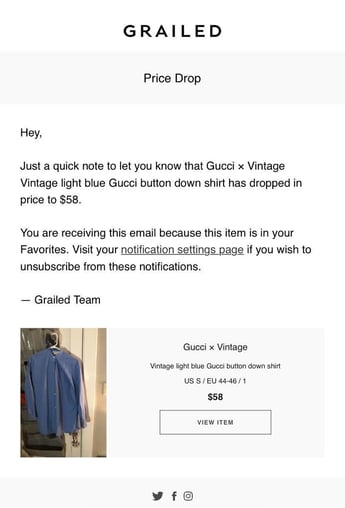
Scribd
Scribd is an online ebook and audiobook subscription platform. Like The New York Times, it uses social media, Facebook specifically, to run direct marketing campaigns to notify audiences about a limited-time discount offer.
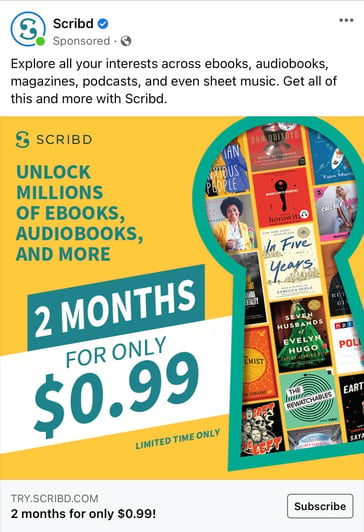
UberEats
UberEats is an online food delivery service that uses email for direct marketing campaigns to prompt users to follow through with a purchase after they have abandoned their cart.

Direct Response Marketing Metrics and Tools
Below we’ll discuss critical metrics that will help you understand your direct response marketing success and the tools that help you collect this data.
Conversion Rate
Conversion rate is an essential marketing metric for direct response ads as it tracks the number of users that have taken the action you want them to take, a.k.a converted.
You’ll get a sense of how successful you were, helping you learn about the effectiveness of your copy and the content you offer when it comes to providing value and prompting action. Let’s go over some specific tools that will help you track these conversions.
1. Promotional Codes
Promo codes can be unique per user or unique per campaign, so you can see how specific ads successfully prompt action. Make sure that you track the number of codes you give out so you can get an exact sense of how many people converted based on how many you gave out.
2. QR Codes
QR codes are similar to promotional codes as they’re unique to the specific campaign you use them on, helping you see how many users actually converted from that specific ad. QR codes also typically lead to landing pages, so you can further track if customers took action on your landing pages or simply landed on them and bounced.
3. UTM Codes
UTM (Urchin Tracking Module) codes are snippets of text placed at the end of a URL that helps you track where website traffic comes from. For direct response marketing, you can attribute your specific site traffic to your direct ads, like those who visited your site and made a purchase after receiving a promo code.
Here’s what a sample UTM code could look like for this use case: utm_campaign=20percentpromocode.
All-in-all, direct response ads have similar outcomes as regular marketing ads, but they want a user to take action right now. Be mindful of being customer-centric and use concise, urgent, and compelling copy, and you'll find ads driving conversions.
from Marketing https://blog.hubspot.com/marketing/direct-response-marketing
What led you to make your most recent purchase? Were you wishing for something for a while and decided to just go for it? Were you casually browsing a store and saw something you liked? Or were you browsing and an advertisement from a business convinced you that you need to buy it right then and there?
If it was the latter, the business used a form of outbound marketing to convince you to take an immediate action after seeing one of their marketing materials. It can be a very effective strategy, especially if done correctly.
In this post, learn how businesses can use direct response marketing to drive conversions, best practices for creating these types of campaigns, and examples from real companies to use as inspiration.
What is direct response marketing?
Direct response marketing, sometimes called push marketing, is when you present your target audience with an offer in an attempt to persuade them to take immediate action, like completing a lead gen form, downloading an ebook, or making a purchase.
This strategy is popular with marketers because it can drive quick results for time-sensitive campaigns.
What distinguishes direct response marketing from traditional marketing is that it desires an immediate response for immediate ROI rather than traditional brand awareness. Below we’ll discuss more elements of these ad campaigns.
Direct Response Marketing Strategies
Direct response marketing strategies are customer-centric, targeted, offer-centric, and urgent. Here’s what that means for your campaigns:
Customer-centric
To elicit a response, your direct response ads must be customer-centric and directly related to the value you can provide them if they follow through with your desired action. If your audiences can’t tell why your offer matters to them, they won’t take action.
Targeted
Not all of your customers have the same needs, so your ads must be hyper-targeted to specific audiences with personalized messages that speak to their pain points. Statistics show that this practice is worth it, as Epsilon found that 80% of consumers were more likely to purchase a brand that offers personalized experiences.
Offer-centric
Direct response ads prompt users to do something, so they usually feature an offer or CTA that tells the user what your desired action is, whether it’s signing up for your newsletter or making a purchase. When creating these offers, mind copywriting best practices to ensure they’re clear and concise, focused on one specific outcome, and personalized.
Urgent
These ads all present a sense of urgency in addition to a CTA to entice quick action, so leveraging language like “As supplies last” or “Buy one get one free” is common. For example, maybe you’ll send a direct response ad to remind consumers about an event before it happens, so they quickly decide to sign up for it instead of missing it.
Active voice and power words are well suited to direct response ads.
Direct Response Campaigns
Below we’ll go over some common direct response campaigns businesses use.
- Social Media Ads: Social media is a powerful tool for running direct response campaigns due to the sheer number of users and the targeting options that many platforms offer marketers. On this platform, ads need to use short and to-the-point copy that displays urgency and a CTA that directs the action you want your audience to take.
- Referral Programs: Referral programs are an excellent tool for direct marketing, especially since you can easily track their effectiveness. Consider giving your current users a promo code or URL and ask them to share it with a friend or family member in exchange for something, like a 10% discount. If they successfully refer someone, you'll be able to track it through the unique code.
- Email: Direct response campaigns run over email typically make users aware of flash sales, upcoming events filling up, or things like abandoned cart reminders. We’ll cover an example of a direct response email below.
- Display Ads: Display ads, like banners, are in an area on a website or channel dedicated to paid ads. They usually contain short copy that shows a sense of urgency and a CTA to inspire action.
- Direct Mail: While it may seem outdated, direct mail is a popular channel for direct advertisements. Things like brochures, coupons, digests, or newsletters are used for direct marketing, but be mindful of not having your assets seem like junk mail.
Direct Response Marketing Examples
Let’s go over some high-quality examples of direct response marketing that you can use to guide your own strategy.
New York Times
The New York Times, a newspaper, used Instagram to run a direct ad campaign to promote a limited discount for unlimited access to the newspaper.

Grailed
Grailed is an online marketplace where individual users can resell different products, from clothing to collectible items. Their form of direct response marketing is via email, where they notify users when an item they have favorited has dropped in price.

Scribd
Scribd is an online ebook and audiobook subscription platform. Like The New York Times, it uses social media, Facebook specifically, to run direct marketing campaigns to notify audiences about a limited-time discount offer.

UberEats
UberEats is an online food delivery service that uses email for direct marketing campaigns to prompt users to follow through with a purchase after they have abandoned their cart.

Direct Response Marketing Metrics and Tools
Below we’ll discuss critical metrics that will help you understand your direct response marketing success and the tools that help you collect this data.
Conversion Rate
Conversion rate is an essential marketing metric for direct response ads as it tracks the number of users that have taken the action you want them to take, a.k.a converted.
You’ll get a sense of how successful you were, helping you learn about the effectiveness of your copy and the content you offer when it comes to providing value and prompting action. Let’s go over some specific tools that will help you track these conversions.
1. Promotional Codes
Promo codes can be unique per user or unique per campaign, so you can see how specific ads successfully prompt action. Make sure that you track the number of codes you give out so you can get an exact sense of how many people converted based on how many you gave out.
2. QR Codes
QR codes are similar to promotional codes as they’re unique to the specific campaign you use them on, helping you see how many users actually converted from that specific ad. QR codes also typically lead to landing pages, so you can further track if customers took action on your landing pages or simply landed on them and bounced.
3. UTM Codes
UTM (Urchin Tracking Module) codes are snippets of text placed at the end of a URL that helps you track where website traffic comes from. For direct response marketing, you can attribute your specific site traffic to your direct ads, like those who visited your site and made a purchase after receiving a promo code.
Here’s what a sample UTM code could look like for this use case: utm_campaign=20percentpromocode.
All-in-all, direct response ads have similar outcomes as regular marketing ads, but they want a user to take action right now. Be mindful of being customer-centric and use concise, urgent, and compelling copy, and you'll find ads driving conversions.

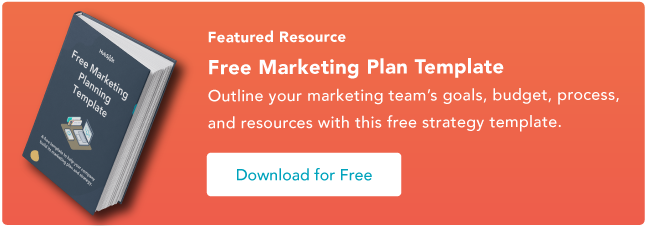

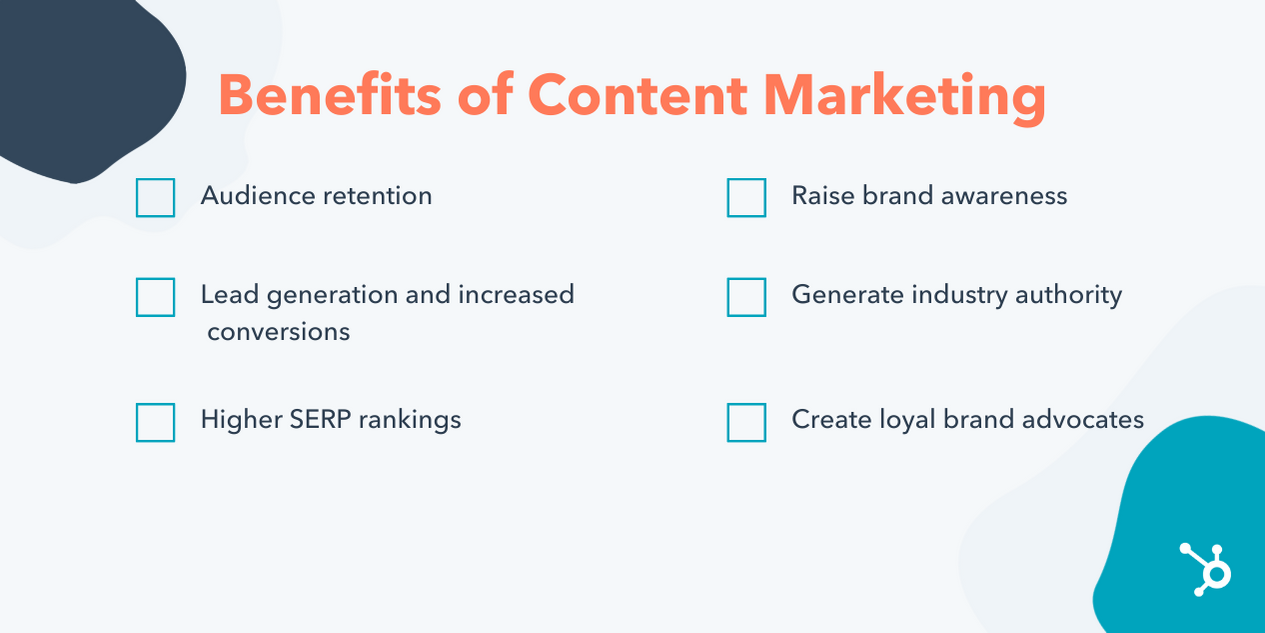
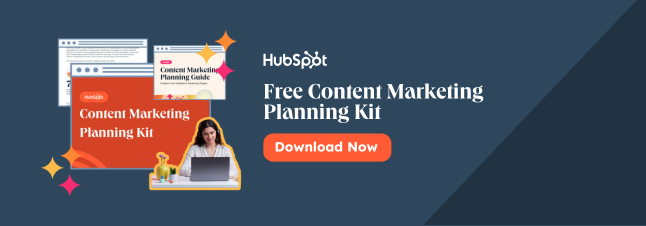
![→ Click here to download leadership lessons from HubSpot founder, Dharmesh Shah [Free Guide].](https://no-cache.hubspot.com/cta/default/53/4e634041-e1ce-4a85-8e65-aea12fc10b84.png)
